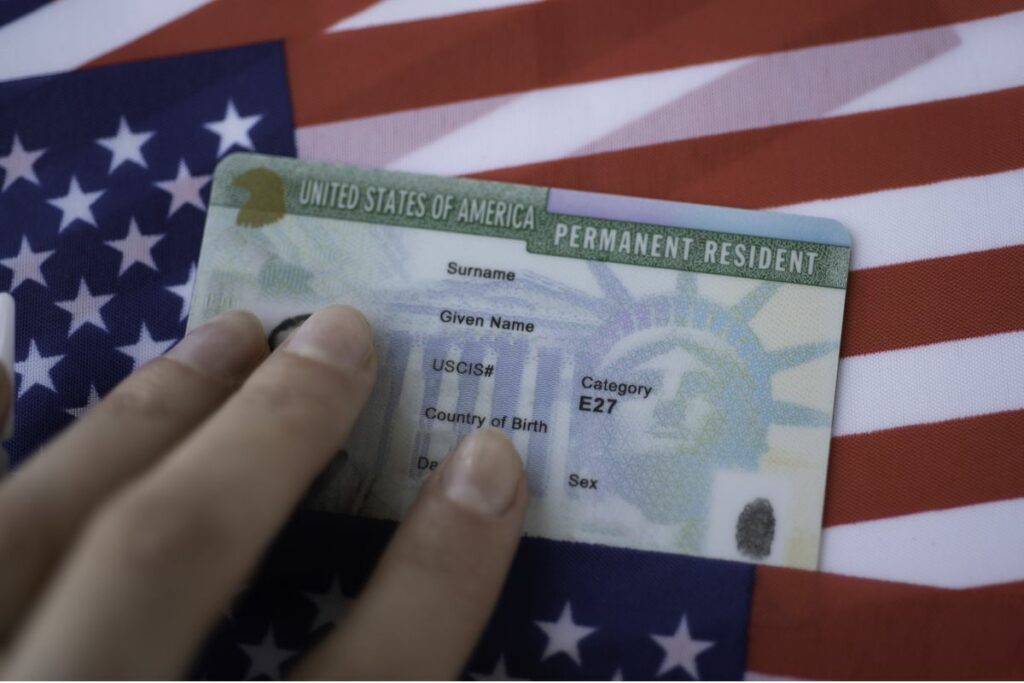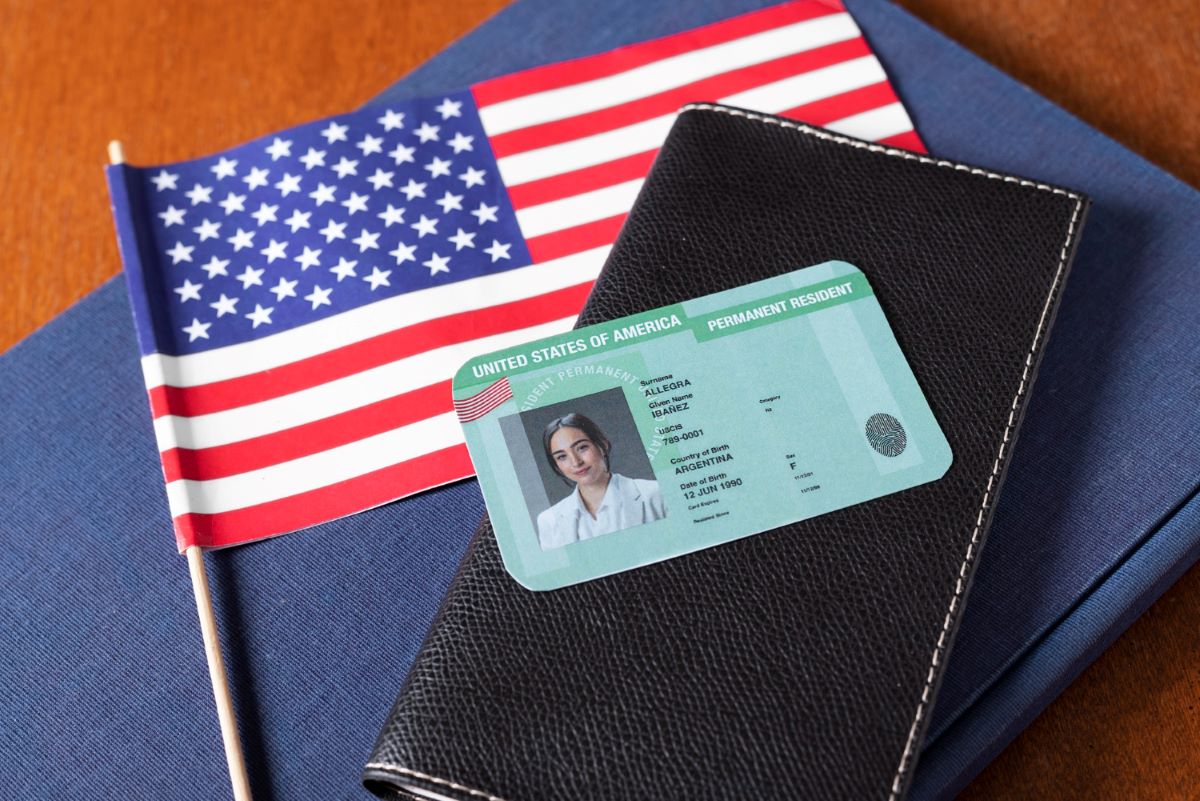The U.S. Permanent Resident Card, commonly known as the Green Card, is a coveted document that offers foreign nationals the opportunity to achieve permanent residency in the United States.
Possessing a Green Card not only grants the privilege of living in the U.S. but also opens doors to investment opportunities and a host of benefits. However, the application process can be complex, with various eligibility criteria and pathways available for prospective candidates.
In this comprehensive guide, we will explore the different avenues to obtain a Green Card, including family sponsorship, employment-based options, special immigrant categories, and the Registry provision. Additionally, we will delve into the often-overlooked topic of Green Card transfers, shedding light on how individuals can switch between different eligibility categories.
What is a Green Card?
The U.S. Permanent Resident Card, or Green Card, is a document that grants permanent residency to the holder in the United States. Green Card holders have the right to live and work permanently in the U.S., and they are eligible for many of the same benefits as U.S. citizens, including Social Security, Medicare, and Medicaid.
Who is eligible for a Green Card?

There are many ways to qualify for a Green Card, including:
- Through family: If you are an immediate relative of a U.S. citizen, such as a spouse, child, or parent, you may be eligible for a Green Card.
- Through employment: If you have a job offer from a U.S. employer, you may be eligible for a Green Card.
- As a special immigrant: There are a number of special immigrant categories, such as refugees, asylees, and religious workers, who may be eligible for a Green Card.
- Through the Diversity Visa Lottery: The Diversity Visa Lottery is a lottery that gives away 55,000 Green Cards each year to people from countries with low rates of immigration to the U.S.
Obtaining a Green Card
The journey towards obtaining a Green Card can be challenging due to the multistep application process. Regardless of the chosen category, certain common steps and requirements must be met to qualify for permanent residency.
Adjustment of Status
- Present in the U.S.: Applicants currently residing in the United States can pursue adjustment of status, allowing them to apply for permanent residency.
- Consular Processing: For those outside the U.S., consular processing involves obtaining an immigrant visa to enter the country and be admitted as a permanent resident.
Visa Availability and Documentation
In most cases, applicants must secure a visa and other official travel documents before submitting a Green Card application.
Employment Authorization Document (EAD)
Regardless of nationality, all employees in the United States must have proper work authorization. EADs are cross-checked by American companies to verify eligibility for employment.
Also Read: USCIS Takes Actions to Support H-1B Visa Holders Awaiting Green Cards
Green Card Transfers
While most Green Card holders retain their status throughout their lives, situations may arise where individuals wish to transfer their status under the adjustment of status option. This process is employed when the applicant is physically present in the United States. Several scenarios may prompt a transfer request:
Change in Eligibility Basis: Applicants may choose to adjust to a new basis if their initial application was based on family sponsorship, employment, or other categories.
Eligibility Requirements: Continuous eligibility is a prerequisite for a successful transfer request. If an applicant ceases to meet the eligibility criteria, the transfer may not be approved.
Proof of Eligibility: To switch to a new eligibility basis, applicants must provide evidence of eligibility for the new immigrant category.
Availability of Visa: An available visa in the new immigrant category is essential to transfer an adjustment application.
Also Read: Employment-Based Green Card Backlog Reaches New Record High
Steps for Green Card Transfers
The process for transferring a Green Card involves specific steps and documentation:
1. Submit a Written Request
Applicants must complete Form I-485 and submit a written request to adjust their status. If they are immediately eligible for the new classification, the process proceeds without delay.
2. Additional Documentation
Supporting documentation for the transfer request, including Forms I-140 (for employment-based transfers) and I-130 (for family-based transfers), must be included.
3. Manager’s Discretion
It’s important to note that the approval or rejection of a transfer request is at the discretion of the category administrator. Factors considered include the reason for the request, the availability of evidence for the new claims, and the difficulty of verifying continuous eligibility.
Conclusion
Applying for a Green Card can be a complex process, but it is important to remember that you are not alone. There are many resources available to help you, including the USCIS website and immigration attorneys. If you are considering applying for a Green Card, I encourage you to do your research and get help from a qualified professional.
Follow and connect with us on Facebook, Twitter, LinkedIn, Instagram and Google News for the latest travel news and updates!





